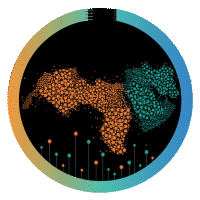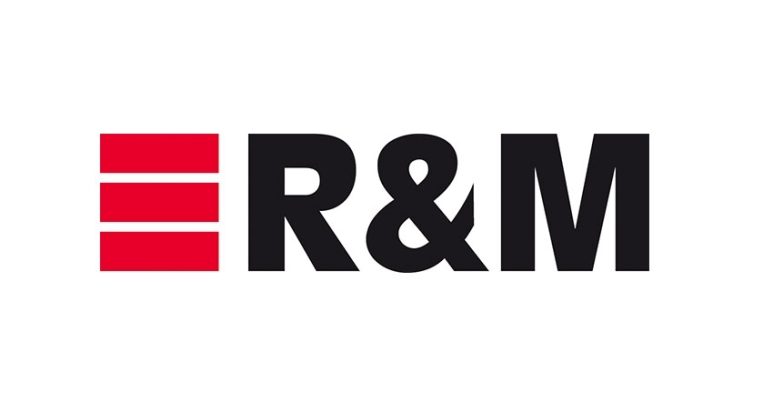“Introduction of 5G equipment and services means more devices need to be connected to high-speed, uninterrupted bandwidth – in future also preferably with low-latency capability – typically provided by modern fiber optical access and backbone networks, Thomas Ritz says. It is important to realize that this requires significantly more fiber capacity and performance behind the mobile network cell sites with their antennas. Over the next 10+ years, densification, enhancement, and continuous development of infrastructure to enable the introduction of new 5G features into national mobile communication networks will take place in alignment with the three major “5G-technology waves”: Enhanced mobile broadband (eMBB), Massive internet of things (mIoT) and mission-critical/low latency services (mcLLs).”
“A successful, step-wise implementation of 5G largely depends on taking an integrated approach, looking at all elements in the network in conjunction – means, not only on the radio part. Expertise in all different network components, elements, and links, including the fiber optic fronthaul and backhaul connectivity and related capacity management, is becoming increasingly important.”
We will be regularly sharing information and advice as well as updates on 5G fiber connectivity related product and application news. The first blog in our informative “5G-series”, which will appear shortly, takes a closer look at this.”
The blog posts can be found under the following link: https://blog.rdm.com/














Leave a comment